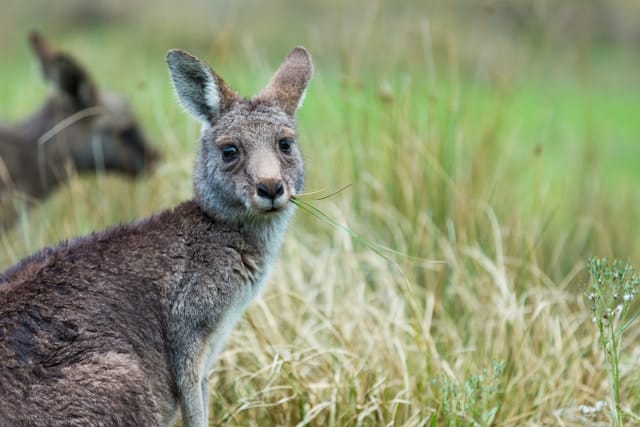Australia offers an incredible variety of travel experiences, from dramatic coastal drives and lush rainforests to arid deserts and rich Indigenous heritage. Whether you’ve lived here for years or are newly arrived, exploring the country is a meaningful way to connect with its landscapes and communities.
This guide highlights some of the top travel destinations and experiences across Australia, along with tips for planning trips, staying safe, and understanding local customs. Whether you prefer national parks, road trips, or wildlife encounters, there’s something here for every type of explorer.
Discovering Australia’s National Parks
Australia’s national parks are a gateway to some of the country’s most stunning and ecologically significant areas. From alpine peaks to tropical rainforests and rugged desert landscapes, these protected areas showcase the continent’s natural diversity.
Parks such as Kakadu National Park in the Northern Territory, Daintree Rainforest in Queensland, and Grampians National Park in Victoria provide opportunities for hiking, camping, swimming, and learning about Indigenous culture. Many parks include visitor centres, guided tours, and camping facilities that make exploring accessible and educational.
Visitors are encouraged to follow conservation guidelines, respect wildlife, and stay on marked trails to protect fragile environments.
Read more in the Australia National Park Guide.
Planning Iconic Road Trips
Few experiences capture the spirit of Australia like a well-planned road trip. The country’s vast road network makes it ideal for self-guided travel, allowing visitors to explore diverse regions at their own pace.
One of the most popular routes is the East Coast road trip, stretching from Sydney to Cairns. Along the way, travellers can stop at Byron Bay, the Gold Coast, Fraser Island, and the Great Barrier Reef. Coastal towns, surf beaches, and national parks make this an ideal mix of nature and culture. Get started with: How to Plan a Roadtrip Along Australia’s East Coast.
When planning a road trip, consider weather conditions, fuel availability in remote areas, and road safety. Make sure your vehicle is in good condition and check local travel alerts before setting off.
Exploring the Australian Outback
The Outback is one of Australia’s most iconic and mysterious regions. Characterised by red deserts, wide open spaces, and dramatic rock formations, it’s a place of cultural significance and breathtaking scenery.
Destinations such as Uluru, Kings Canyon, and Coober Pedy offer insights into Indigenous history and unique geological features. Travelling in the Outback requires preparation: travellers should carry extra water, emergency supplies, and know how to navigate remote roads. For more, read: How to Explore Australia’s Outback as a Newcomer.
Visitors are encouraged to learn about the traditional custodians of the land and participate in cultural experiences offered by Aboriginal-led tour operators. Respect for sacred sites and local traditions is essential.
Experiencing Australian Wildlife
Australia is home to animals found nowhere else on Earth. Iconic species such as kangaroos, koalas, platypuses, and wombats are best viewed in their natural habitats or accredited wildlife sanctuaries that prioritise animal welfare.
Many national parks, nature reserves, and coastal areas provide wildlife viewing opportunities. For instance, Kangaroo Island in South Australia is known for its koala colonies, while the Great Ocean Road offers a chance to spot native birds and seals.
Remember to observe wildlife from a safe distance, avoid feeding animals, and never disturb nests or habitats. Explore more in How to Experience Australian Wildlife: Kangaroos, Koalas, and More.
Here are a few practical travel tips for exploring Australia:
-
Research seasonal weather patterns for each region before booking
-
Use national park apps or websites to check trail conditions and closures
-
Pack plenty of water, sun protection, and first-aid supplies
-
Travel with a GPS or offline maps in remote areas
-
Respect Indigenous land and signage during all travel
-
Check quarantine rules for moving between states or territories
-
Learn about local wildlife and how to safely observe them
-
Book campsites or accommodations well in advance during peak travel periods
For more cultural context and lifestyle inspiration, visit the Remitly Lifestyle and Culture Blog.
FAQ: Exploring Australia
1. What is the best time of year to explore different parts of Australia?
Northern regions are best visited during the dry season (May–October), while southern cities are popular in summer and spring (November–March).
2. Do I need a 4WD to travel in the Outback?
While not always required, a 4WD is recommended for remote areas and unsealed roads. Always check local road conditions before travel.
3. Are there fees to enter national parks?
Some parks charge entry or camping fees. These can usually be paid online or at park entry stations.
4. Is it safe to drive long distances in rural Australia?
Yes, but preparation is essential. Carry spare fuel, water, and emergency gear, and let someone know your travel plans.
5. Can I see wildlife without visiting a zoo?
Yes. National parks, nature reserves, and certain coastal areas offer great wildlife viewing in natural environments.
